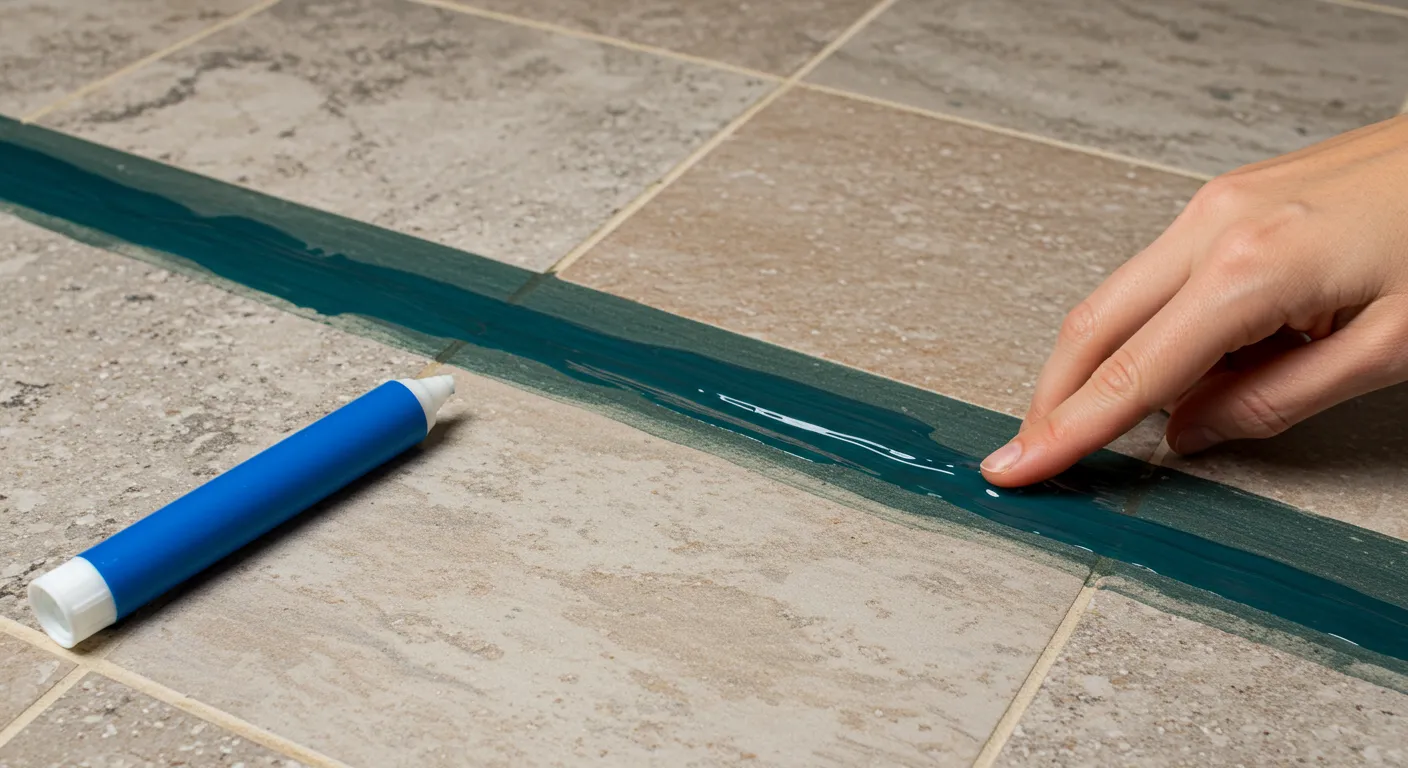Table of Contents
Key Takeaways:
- Tile sealing protects and enhances various types of tile surfaces, prolonging their lifespan.
- Understanding the different sealant options helps you choose the right one for your tiles.
- Your tiles can remain immaculate and fresh with regular care.
- Environmental considerations play a crucial role in tile sealant selection.
Introduction to Tile Sealing
Tile sealing is a crucial yet often overlooked aspect of maintaining the durability and appearance of tile surfaces. Whether you’re looking for tile sealing Manhattan NY, or considering an upgrade in any other city, understanding the basics and nuances of this process can greatly enhance your tile surfaces. Tile sealing goes beyond just application; it requires understanding materials, techniques, and ongoing care. This guide will help you protect and enhance your tiles effectively. Although durable, tiles can suffer from moisture, staining, and wear, making the right sealant choice crucial. We will cover different sealants, their environmental effects, and best practices for application and maintenance. With this information, you can prioritize quality and environmental responsibility while choosing the best product for your requirements.
The Importance of Tile Sealing
Sealing tiles is a fundamental process that shields your surfaces from potential damage. This preventive measure ensures that tiles remain less porous, thus averting moisture penetration, which can lead to unsightly stains and possible structural damage. A sealed surface becomes significantly easier to clean, allowing for effortless maintenance, which is crucial in preserving the tiles’ aesthetic appeal. In addition to physical protection, sealed tiles provide peace of mind, knowing that your surfaces can withstand the challenges posed by daily life, from accidental spills to heavy foot traffic.
Different Types of Tile Sealants
The array of tile sealants available can be bewildering, but understanding their nuances can vastly improve your results. There are primarily two types of sealants: penetrating sealers and surface sealers. Penetrating sealers, often made from silicone or latex, penetrate the tile and grout, forming a protective barrier favorable for tiles in moisture-prone areas. On the other hand, surface or topical sealers create a layer on top of the tiles, offering enhanced shine and protection in areas that experience less exposure to liquid.
How to Choose the Right Sealant for Your Tiles
Your tile material, climate, and preferred level of upkeep must all be carefully considered when choosing a sealant. Penetrating sealers, for instance, may be useful for preventing water intrusion in natural stone tiles with higher porosity, such as marble or limestone. Conversely, ceramic tiles in aesthetic-focused areas might thrive under a glossy surface sealant that magnifies their design. Evaluating the proposed area’s exposure to moisture, sunlight, or chemicals is crucial since these factors can compromise a sealant’s effectiveness if not matched appropriately with the corresponding protective properties.
Steps to Properly Seal Tiles
Ensuring a successful sealing process begins with meticulous preparation. Start by thoroughly cleaning the tile surface to remove dust and debris, ensuring it is completely dry to prevent moisture from being locked in. Next, apply the chosen sealant evenly using a sponge or paintbrush, covering every nook and cranny. Once applied, allow the adhesive to cure according to the manufacturer’s instructions, as premature exposure or use can undermine its efficacy. Finally, testing a small, concealed area can confirm the desired effect, giving you confidence before completing the entire surface.
Environmental Considerations in Tile Sealing
The drive for sustainability has reached the tile sealing industry, with increasing emphasis on environmentally friendly products. Many sealants now offer low VOC (volatile organic compounds) options, which minimize harmful emissions and promote healthier indoor air quality. Evaluating the ecological footprint of your chosen sealant includes considering its chemical composition and potential VOC emissions. By making environmentally conscious choices, you contribute positively to your home environment and the greater environmental landscape.
Also Read: Finding Bliss in the Woods: The Serenity of Rustic Cabin Retreats
Maintaining Sealed Tiles for Longevity
Regular maintenance of tile sealing is crucial for its longevity. Regular cleaning with pH-neutral cleaners safeguards the sealant’s integrity and the tiles’ appearance. Periodic resealing, usually every one to three years, reinforces the protective barrier, ensuring tiles withstand continuous use. This care enhances the initial investment and keeps tiles vibrant and resilient.
The Future of Tile Sealants
The tile sealant industry is evolving with advancements focusing on durability and environmental health. These innovations are creating sealants with enhanced protective qualities and reduced ecological impacts. Staying informed about these trends helps customers make informed choices that align their sealing needs with protection and sustainability, contributing to long-term environmental consciousness.





